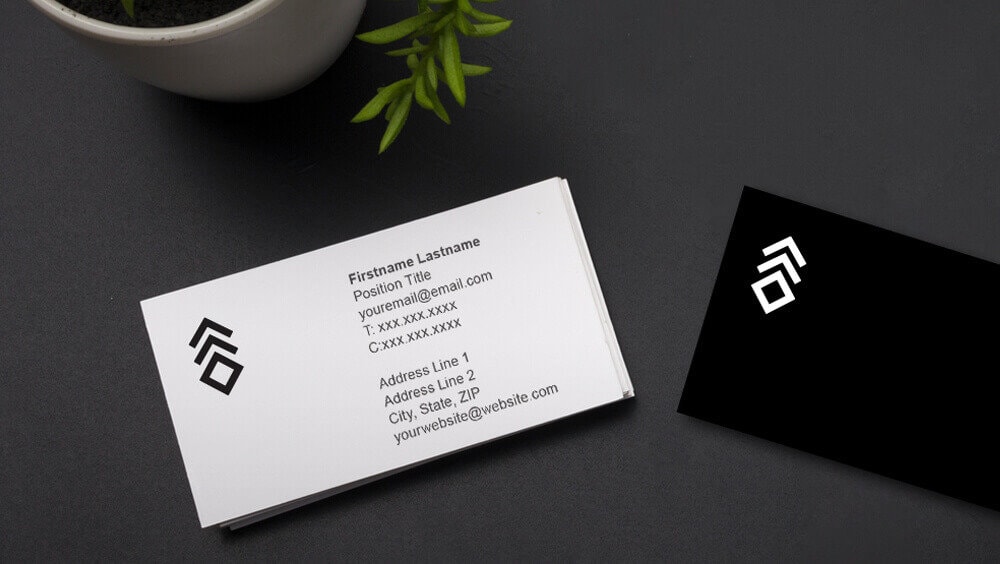A business card is among the most effective means of getting a message across to would-be clients and collaborators. While an email can be easily deleted, and a face-to-face meeting quickly forgotten, a business card will linger for months, and perhaps even years, providing a constant reminder of what you and your business are about.
Of course, that isn’t to say that those other methods of marketing should be dispensed with, simply that they fulfil a function that is different than that of the business card. To take advantage of every lever within reach, you’ll need to appreciate the importance of those little cards.
Naturally, not all business cards are created equal. Many readers will be familiar with the business card scene from American Psycho, in which executives obsess over tiny details in their apparently-featureless cards. With that warning in mind, how much effort should we put into designing a business card, and what features should yours include?
The answer comes in the form of research published early this year by instantprint. The company began by surveying 2,000 people across a range of sectors, and asking whether respondents had formed a negative impression of a particular business on the strength of their business card. Around 40% claimed that they had. This likelihood changed a little according to the sector in question. While most were around average, certain professions, like Designers (60.7%) and Business (55.4%) were especially likely to be judged on their cards. Incidentally, men are also slightly more judgemental on average than women, (42% compared to 38%).
The next phase of the study made use of biometrics. You might associate this term with fingerprint and retinal scanners, but really it just refers to any way of measuring the human body. In this case, the biometrics involved were eye-tracking cameras and heart-rate monitors, along with a dial that could be used to report subjective approval of a given card.
The conclusion from the study was that while there’s significant variation in taste from industry to industry (bakers and estate agents prefer bold, eye-catching colours), the consensus is that simple, straightforward colours are more effective. White is a popular colour, as is yellow – the latter being prized for its high visibility. In many cases, your business will have an obvious association with a particular colour. Landscape gardeners, and businesses with an environmental focus, for example, might go for green cards.
While a sizeable minority (23%) prefer a unique and creative approach to card design, most (45.4%) prefer more traditional designs which reflect the purpose of the business, and more still prefer a minimalist approach which only features key information (30.8%). If you’re designing a new card, then, the safest choice might well be the simplest one.
